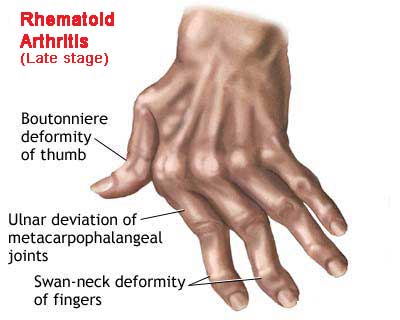
The primary symptoms of RA are joint stiffness and pain. Patients may experience sleep disturbances and sexual dysfunction. Depression and fibromyalgia are also common. There is also a tendency to overlap with other autoimmune diseases, such as lupus or psoriasis. A healthcare provider can help you understand and manage your condition. Some of these conditions can be painful and debilitating.
The disease usually begins gradually, with symptoms becoming more severe over weeks or months. The patient will experience swelling, pain, and stiffness in different joints. In some cases, these symptoms are widespread, with the same joints swollen or painful. Other symptoms may occur at different times or in different parts of the body. Some individuals experience persistent and repeated swelling in the same joints. For this reason, doctors often perform tests to determine the underlying cause of the disease.
The first signs of rheumatoid arthritis usually occur in the hands and feet. Later, the condition may affect other joints in the body. Symptoms vary according to the stage of the disease. People may experience recurring episodes of the symptoms known as flares. In severe cases, the disease can damage the joint tissue, leading to deformity and shifting of joints. The patient should seek medical attention if they experience these symptoms.
Fortunately, Rheumatoid Artharthritis is not as threatening as it may seem. In many cases, symptoms begin slowly but progress over weeks or months. This disease can cause swelling of joints, stiffness when moving, and pain during rest. While it may be difficult to recognize rheumatoid arthritis, a doctor can use blood tests to diagnose the condition.
Early diagnosis of Rheumatoid Artharthritis is important to avoid further damage. The condition is characterized by inflammation of the joints, and symptoms can mimic other ailments. The symptoms of rheumatoid arthritis can be mild or severe and can affect a variety of body parts. Depending on the severity of the disease, symptoms can be chronic and require medical attention.
Symptoms of Rheumatoid Artharthritis may include joint stiffness and pain with movement. The disease may also manifest itself as nodules under the skin around the affected joints. Occasionally, these nodules may cause discomfort or even pain. The onset of Rheumatoid Artritis is usually a gradual process that lasts several years.
The main symptom of rheumatoid arthritis of the joints is inflammation. This can cause various symptoms. Any joint can be affected, but the small joints of the hands and feet are most often affected. In severe cases of rheumatoid arthritis it can lead to swelling of one or more joints. In severe cases, the affected joint may become inflamed.
Symptoms of rheumatoid arthritis may include joint pain and swelling. This inflammation can cause joint pain and swelling. Inflammation is the main cause of rheumatoid arthritis. Nodules are nodules that form under the skin. If there is an infection, it may be a sign of rheumatoid arthritis.
Symptoms of rheumatoid arthritis usually begin gradually. A person may experience joint stiffness, pain with movement, and inflammation throughout the body. Symptoms of RA can vary from person to person and can be mild or severe. It mainly affects the joints, especially the small ones. Some RA symptoms can affect any of these joints, including the arms, legs, and back joints.
The most common symptoms of rheumatoid arthritis are joint stiffness, muscle pain, and inflammation of the glands in the mouth and eyes. The disease can affect the joints of the hands, feet, knees and other parts of the body. Osteoarthritis causes swelling and pain in the joints. A medical website https://optrix.asia/
warns that inflamed joints can lead to injuries affecting the surrounding soft tissue.
The most common symptoms of rheumatoid arthritis are joint pain and swelling. X-rays and MRIs are effective in diagnosing rheumatoid arthritis and monitoring its progression. However, x-rays cannot completely rule out other rheumatic diseases, so it is important to find out what is causing pain and inflammation in the joints.

Be First to Comment